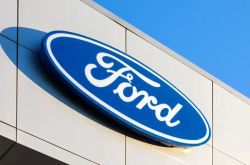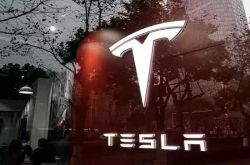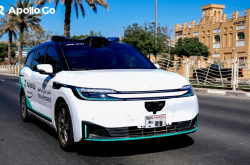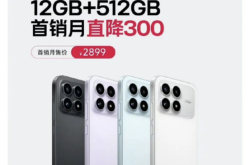April 2025 New Energy Sales: BYD and Top Players Dominate, Weak Emerging Brands Face Accelerated Clear-Out
![]() 05/09 2025
05/09 2025
![]() 451
451
In April 2025, China's new energy vehicle (NEV) market continued its momentum from the first quarter, exhibiting a robust sales recovery. Data from the China Passenger Car Association (CPCA) revealed that the NEV penetration rate surpassed 50% for the month, further shrinking the share of traditional fuel vehicles.
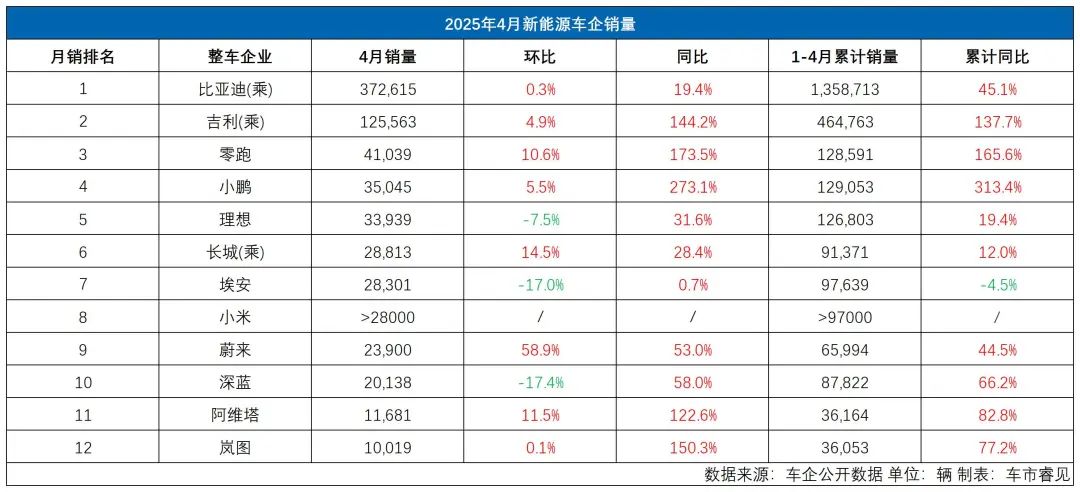
BYD, HarmonyOS Smart Mobility (AITO/HI), and Xiaomi shone brightly, while some joint venture brands still grappled with transformation pressures. Driven by policy incentives, technological advancements, and growing consumer acceptance, the NEV market has entered a period of rapid acceleration.
▍Economies of Scale for Leading Automakers Take Center Stage
BYD further solidified its leadership in April, with passenger vehicle sales reaching 372,600 units, up 19.4% year-on-year, and cumulative sales exceeding 1.35 million units in 2025. This success is attributed to its comprehensive "Dynasty + Ocean" product portfolio across all price segments and the maturity of its plug-in hybrid and pure electric technologies.
The Qin series firmly held the entry-level market with monthly sales of 45,800 units, while the launch of high-end models like the Han L and Tang L bolstered the brand's upward trajectory. Additionally, BYD accelerated its global expansion, with overseas sales of 78,700 units in April, up 91.9% year-on-year, with Southeast Asia and Europe as key markets.
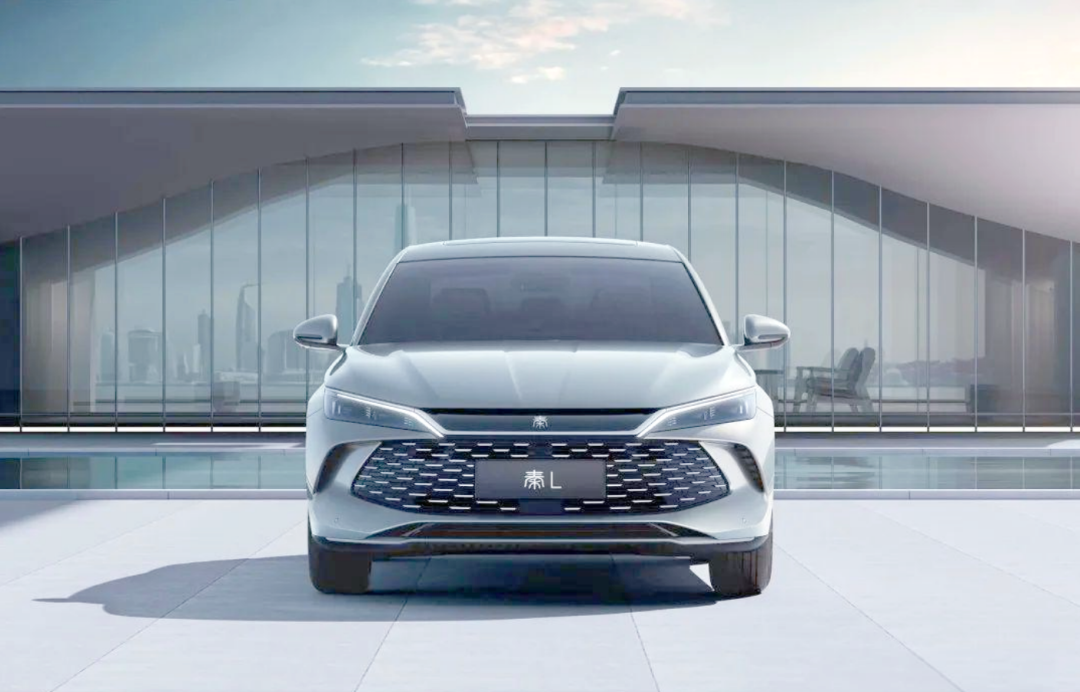
Geely Automobile emerged as a benchmark for traditional automaker transformation, thanks to the explosive growth of its NEV segment (125,563 units, up 144.2% year-on-year). Its Galaxy brand sold nearly 100,000 units in a single month, up 281% year-on-year, with its "cost-effective smart electric vehicles" strategy resonating with mainstream market demand. Geely's NEV sales from January to April totaled 464,763 units, up 137.7% cumulatively.
Despite slower sales growth (up 18.7% year-on-year), the Zeekr brand stabilized its high-end market position through synergy with the Lynk & Co brand (sales of 27,600 units, up 9.1% month-on-month). Geely's performance also underscores the rapid substitution of fuel vehicles by plug-in hybrids.
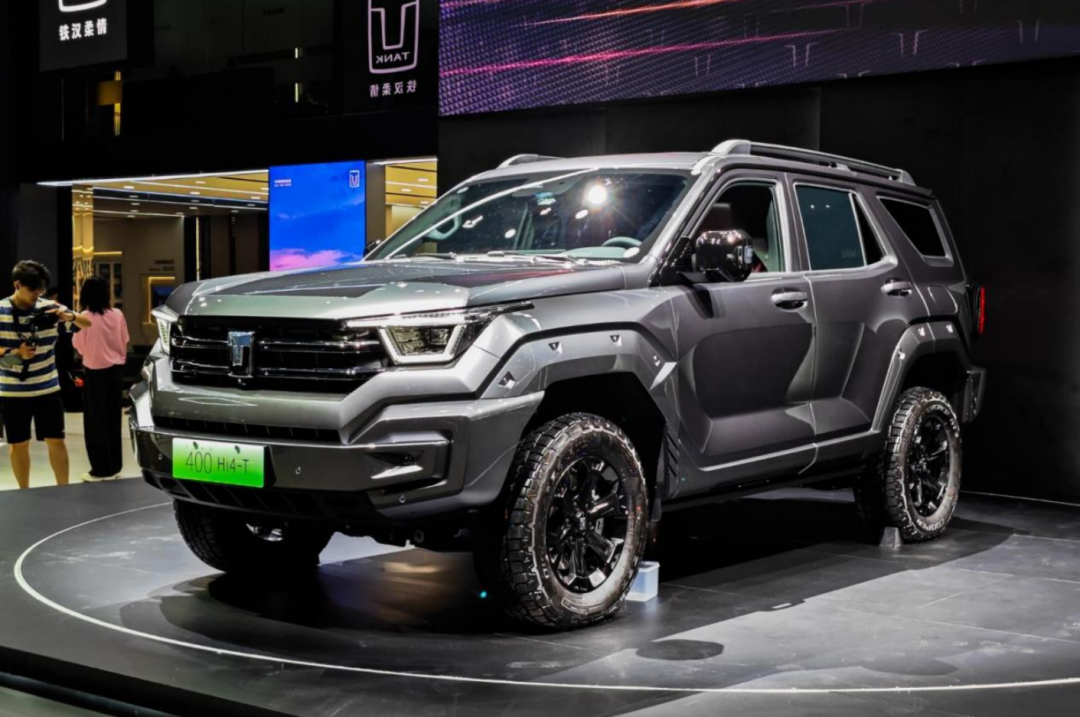
Chery Group and Great Wall Motor achieved growth through differentiated strategies: Chery sold 61,000 NEVs, up 85.5% year-on-year, with exports accounting for over 40% of its growth; Great Wall Motor sold 28,800 NEVs, up 28.42% year-on-year, further cementing its leadership in the off-road segment with models like the Tank series.
Traditional automakers' collective efforts are evident not only in sales growth but also in technological reserves and supply chain control. BYD's battery installation capacity reached 26.478 GWh, up over 40% year-on-year, with its vertical integration model continuing to unlock cost advantages. Great Wall Motor's breakthroughs in hybrid technology supported its NEV transformation.
▍Emerging Brands Witness Intensified Differentiation
Emerging brands experienced mixed fortunes in April. NIO Auto retained its top spot with 41,000 deliveries, up 173% year-on-year, thanks to its effective low-price strategy: the all-new SUV NIO B10, priced from RMB 99,800, received over 15,000 orders on its first day, impacting the rigid demand market in the RMB 100,000 price range.
XPeng followed closely with sales of 35,000 units, up 273% year-on-year, and six consecutive months of over 30,000 deliveries, becoming the only emerging brand to achieve both scale and growth. Its MONA M03 model, priced at RMB 89,900, captured the entry-level market, effectively trading price for volume.
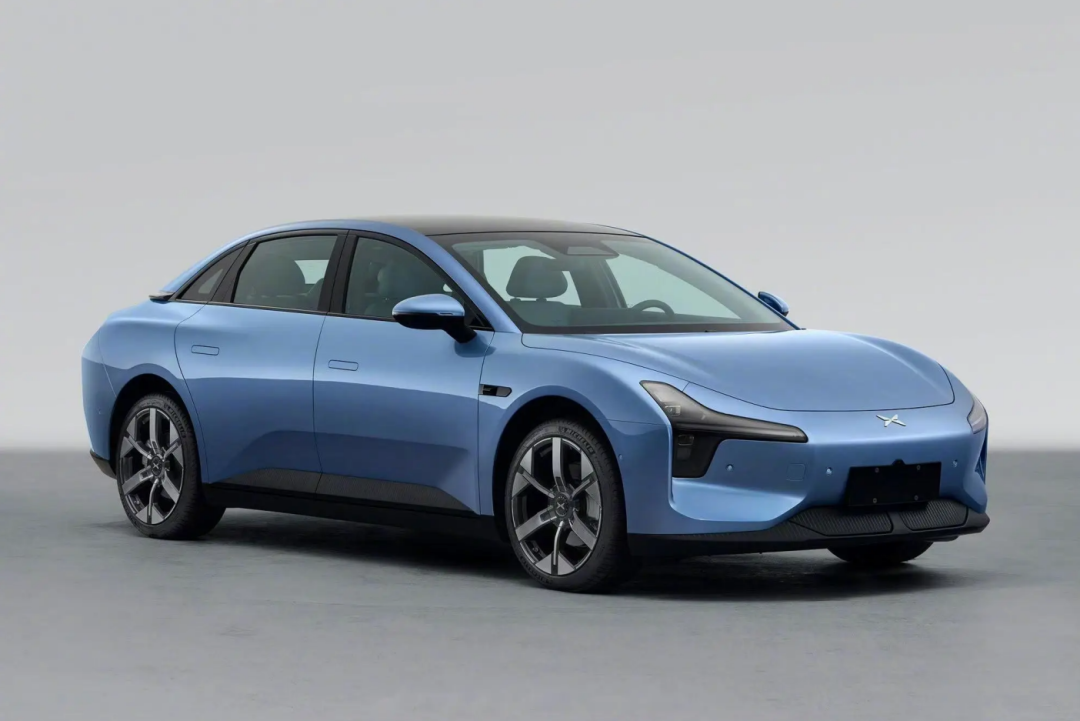
Xiaomi Auto's fluctuations garnered market attention in April. Despite a 3.4% month-on-month decline to 28,000 deliveries, the launch of its SU7 Ultra version attracted attention, and the upcoming YU7 sparked consumer anticipation. However, previous public opinion pressures and competition from rival products (like Zeekr 007 and HI S7) put dual pressure on brand strength enhancement and scale expansion in the short term.
NIO Automobile explored a unique path with its "Ledo" sub-brand. In April, Ledo delivered 4,400 units, down 8.7% month-on-month, but its "5-year free battery swap" policy and "chargeable, swappable, and upgradable" battery service model offered more choices to consumers. Notably, the delivery of the NIO ET9 and plans for eight new models within the year demonstrate its ambition to capture segmented markets through a dense product rollout. However, maintaining each model's competitiveness under a multi-brand strategy remains a challenge.
Huawei and AITO's deep collaboration serves as an example of "technology empowerment" in the industry. AITO sold 11,700 units in April, up 122.6% year-on-year. Huawei's BU team involvement and equity binding accelerated the iteration of intelligent assisted driving technology and cabin systems. Huawei's rotating chairman Xu Zhijun's plan for "independent operation with guidance" highlights Huawei's ambition to integrate the intelligent vehicle ecosystem into its Full Scene strategy. This "automaker + tech giant" model may become a significant future form of competition.
Market structural changes are also evident in the rapid rise of extended-range hybrid models. In September 2024, extended-range models accounted for 41% of NEVs, up 18 percentage points from 2023. Relying on extended-range technology and family-oriented positioning, Lixiang One sold 33,900 units per month, firmly occupying the high-end market, with its L9 model leading sales in the RMB 400,000-500,000 large SUV segment. Though AITO M7's sales fell month-on-month due to model diversions within the HarmonyOS Smart Mobility Alliance, Huawei's ADS 3.0 system's end-to-end AI decision-making capability provided technical validation. The growth of extended-range hybrids not only alleviates range anxiety but also offers automakers a new path for differentiated competition.
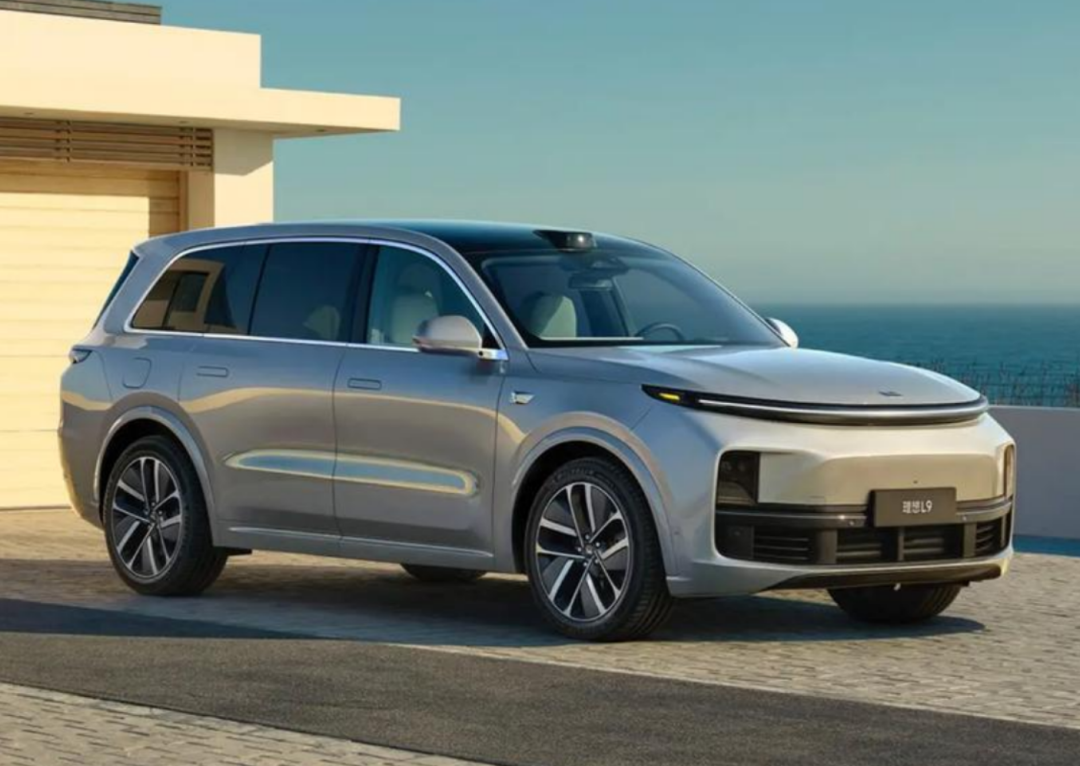
On the flip side of market differentiation lies the survival pressure faced by some brands. While Deep Blue Auto (deliveries of 20,100 units, up 58% year-on-year) and Lantu (deliveries of 10,000 units, up 150% year-on-year) maintained growth, insufficient economies of scale led to significant profit pressure. GAC Aion (deliveries of 28,300 units, flat year-on-year) faced dual challenges of product cycles and price wars. Meanwhile, joint venture brands accelerated their electrification process, with FAW-Volkswagen (NEV share increased to 12%) and SAIC-GM-Wuling (NEV share exceeding 50%) capturing the budget market through cost-effective models, further compressing the survival space of second-tier emerging brands.
Entering 2025, leading automakers are fortifying their positions through large-scale production and global layouts, while emerging brands seek survival in price wars and technological competitions. The increasing market concentration means weaker brands will accelerate their clear-out. Cui Dongshu, CPCA secretary-general, believes that the "two fewer, one more" product trend at the recent Shanghai Auto Show offers enterprises some guidance. He noted the structural shift towards fewer fuel vehicles, fewer small cars, and more NEV large cars, suggesting automakers comprehensively promote new vehicle layouts, starting with diversified models, balancing fuel and NEV development, strengthening technological innovation, and precise market positioning to meet consumer demand and respond to market changes and challenges.
Typesetting | Yang Shuo Image Source: BYD, Tank, XPeng, Lixiang

